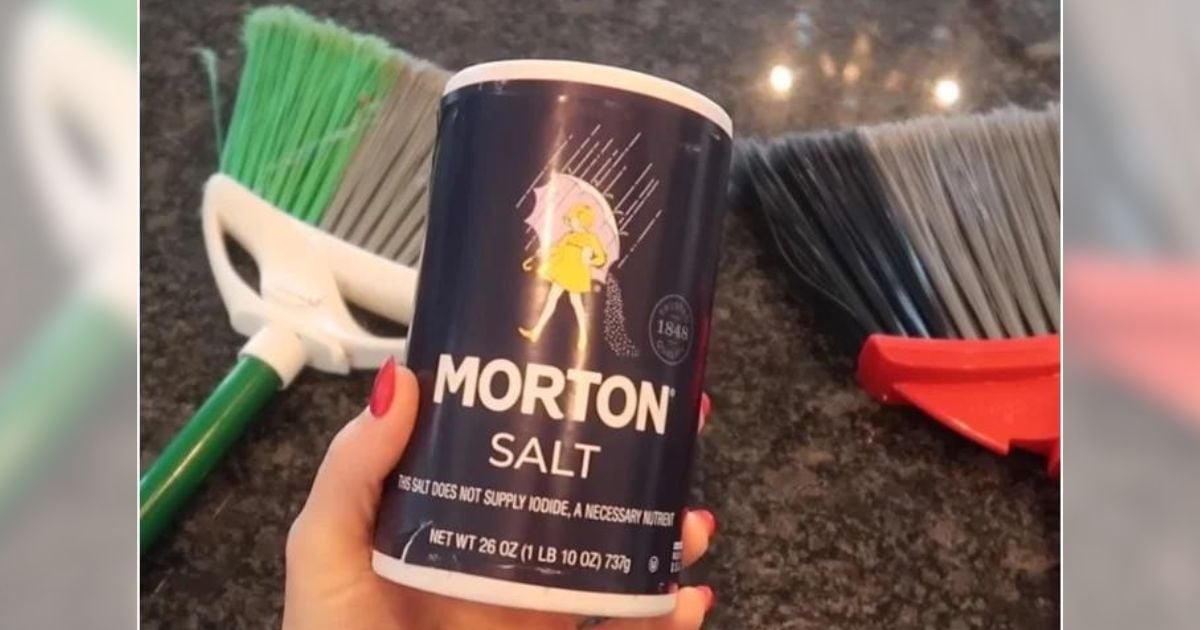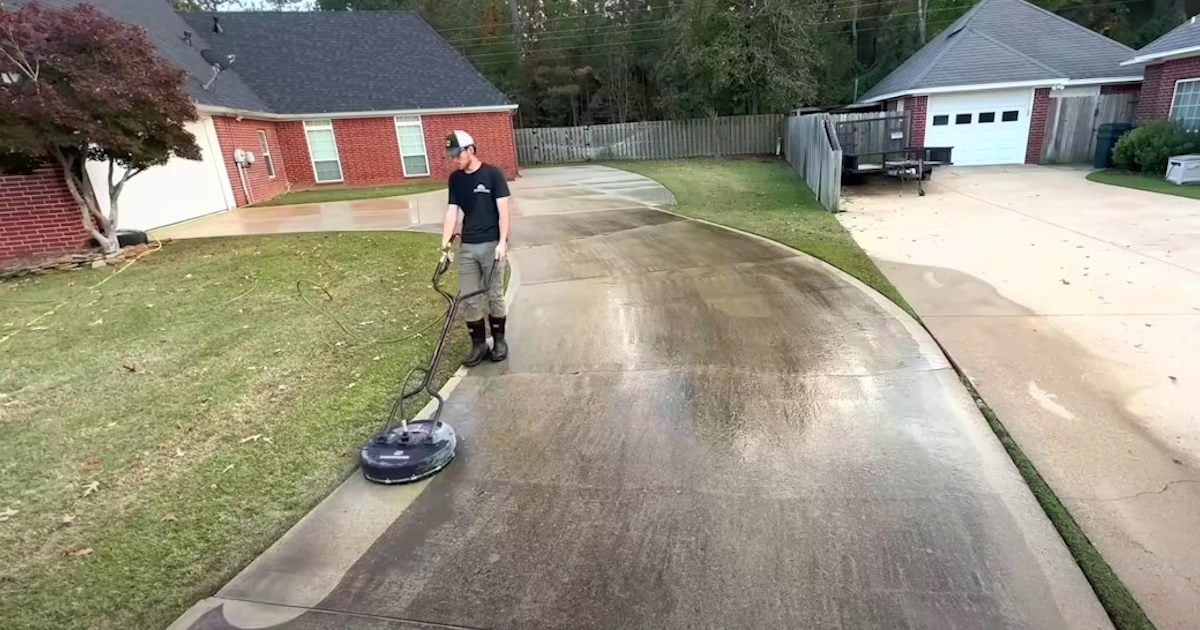Have you ever noticed mold forming under the rim of your toilet and wondered why it keeps coming back even after you’ve cleaned it thoroughly?
You’re not alone.
This common household problem can be frustrating.
But fortunately, there’s a straightforward solution to tackle it effectively. Many people face this issue, and it often feels like a never-ending battle against mold.


The recurring issue of mold under the toilet rim is more complex than it appears.
This mold persists because it resides within the internal cavity of the toilet that is connected to the jets under the rim.
Even if you scrub the visible parts of the toilet, these hidden areas remain untouched and allow mold to thrive. Understanding the root cause of the problem is the first step to solving it effectively.


Each time the toilet is flushed, water travels through this internal cavity and exits through the jets.
This flow of water makes it difficult to reach and clean these hidden areas during regular bathroom cleaning sessions.
As a result, mold spores can linger and continue to grow undisturbed. It’s this hidden growth that makes any effort to clean a bathroom way more frustrating.


The solution to this problem lies in a precise strike to the heart of the problem – cleaning the internal cavity directly.
The recommended method involves using distilled vinegar, a natural and effective cleaning agent.
By treating the internal cavity with vinegar, you can combat the mold directly at its source, ensuring a more thorough cleaning.


To apply this treatment, simply pour about half a jug of distilled vinegar down the overflow pipe of your toilet.
The size and accessibility of the overflow pipe may vary depending on your toilet model, so it you might have to adjust the amount of vinegar used.
This approach ensures that the vinegar reaches deep into the cavity where the mold resides.


After pouring the vinegar, it’s essential to let it sit for about an hour.
This duration allows the vinegar to work its way through the internal cavity and effectively kill the mold spores.
This process ensures that the hidden areas of the toilet are thoroughly cleaned, and makes the chances of mold returning close to zero.
It’s these steps that help prevent future growth.


As a preventive measure, it’s advised to regularly clean the toilet with this method.
Regular intermittent cleaning with vinegar not only keeps the mold at bay but also maintains the overall hygiene of your toilet.
This routine can be a simple yet powerful way to ensure that your bathroom remains mold-free.
It’s a proactive approach to bathroom maintenance.


This cleaning method has proven so effective that the tutorial video explaining it has garnered over 2.7 million views.
Viewers appreciate the clear and practical advice provided.
A viewer said, “Quick. Simple. To the point. Just how a tutorial should be.
Thank you,” highlighting the video’s helpfulness and straightforward approach.
That kind of testimony doesn’t just come easy – and it means this method is tried and true.


Dealing with mold under the toilet rim doesn’t have to be a recurring headache.
By understanding where the mold originates and how to effectively reach these hidden areas, you can keep your toilet clean and mold-free.
Remember, the key to preventing the return of mold is regular maintenance using simple, accessible solutions like distilled vinegar. With this approach, a cleaner and healthier bathroom is easily within reach.
Watch his full video below.
Please SHARE this with your friends and family.















